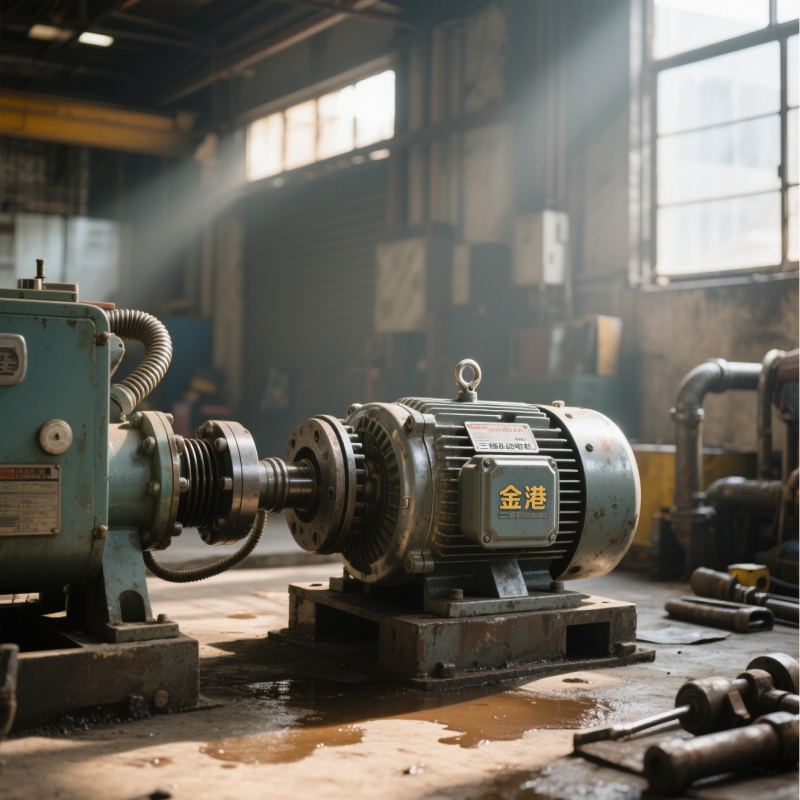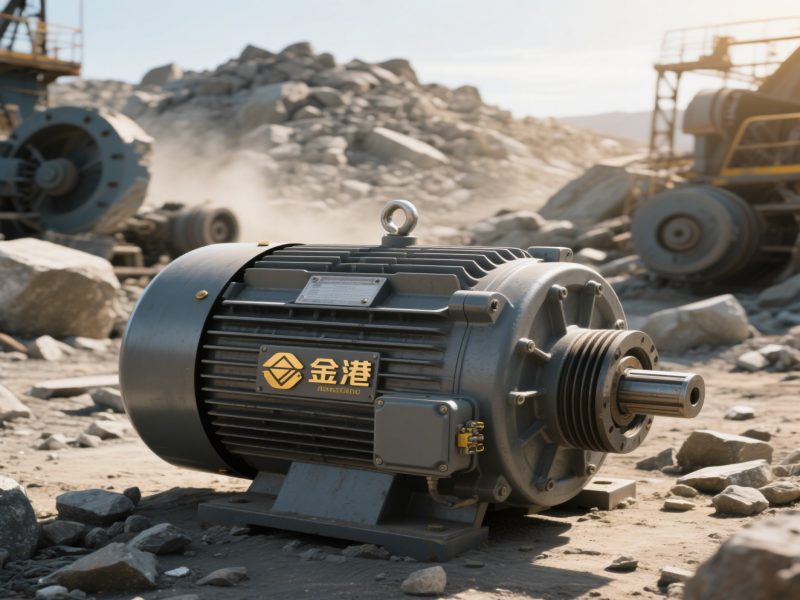Analysis on the application of three-phase asynchronous motor in rock crusher
Working characteristics and motor requirements of rock crusher
The core function of rock crushers (such as jaw, cone, impact, etc.) is to crush rocks by mechanical force, such as squeezing, impacting or shearing. Their load characteristics place special requirements on motors:
- High starting torque: During the initial crushing, rocks are piled up and the starting resistance is large (the starting torque needs to be 2~3 times the rated torque).
- Impact load: The hardness of rocks is uneven during the crushing process, which is prone to instantaneous overload (for example, when encountering hard rocks, the load can suddenly increase by 1.5~2 times).
- Continuous operation and heat dissipation requirements: Industrial crushing often operates 24 hours a day, and the motor needs to have high reliability and good heat dissipation capabilities.
Application cases of three-phase asynchronous motors in typical rock crushers
1.Jaw crusher (coarse crushing scenario)
Application scenario: mining, first stage crushing in quarries, processing hard rocks such as granite and basalt.
Motor configuration:
- Model: YE4-355M2-4 (4-pole, IE4 energy efficiency);
- Power: 200kW;
- Starting mode: inverter soft start (starting current is limited to 2 times the rated value to avoid grid shock);
- Features: With flywheel energy storage, it can buffer the impact load at the moment of crushing (the flywheel inertia reaches 1500kg・m², which can store about 20kJ kinetic energy).
2.Cone Crusher (Medium and Fine Crushing)
Application scenario: Secondary crushing of ore, requiring uniform crushing particle size (such as 10~30mm).
Motor configuration:
- Model: YR315L1-6 (wound-rotor three-phase motor);
- Power: 160kW;
- Control mode: Rotor series frequency-sensitive rheostat start, with PLC to automatically adjust the feed rate (when the motor current exceeds 110% of the rated value, the feed is automatically reduced);
- Advantages: Wound-rotor motors can improve starting characteristics by adjusting rotor resistance, while achieving small-range speed regulation (speed regulation range 10%~15%), to adapt to different ore hardness.
3.Impact crusher (shaping and crushing scenario)
Application scenario: Shaping of building stones, which need to be crushed into cubic particles.
Motor configuration:
- Model: Y2-315M-4 (squirrel cage three-phase motor);
- Power: 132kW;
- Transmission mode: direct coupling (reduce transmission loss, transmission efficiency ≥ 98%);
- Protective device: add over-vibration sensor (when the crusher vibrates beyond the standard due to the hard rock, the motor will be triggered to stop).
The three-phase asynchronous motor has become the core power source of the rock crusher due to its high power output, high starting torque and strong overload capacity. When selecting the model, it is necessary to combine the characteristics of the crushed materials, equipment specifications and working conditions, match the appropriate power, starting method and control scheme, and improve the system reliability through energy efficiency optimization and regular maintenance.




